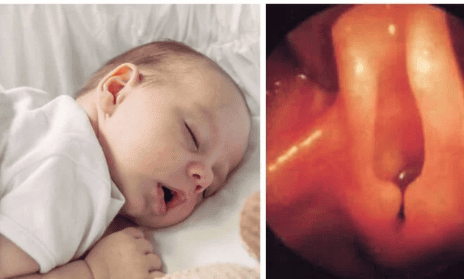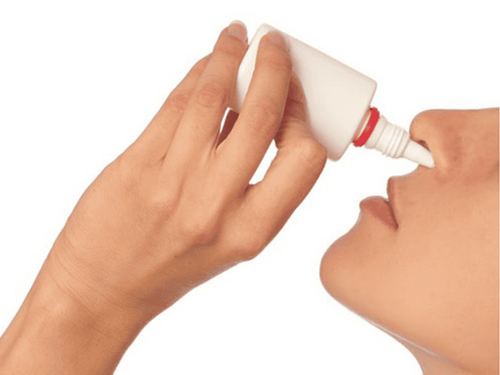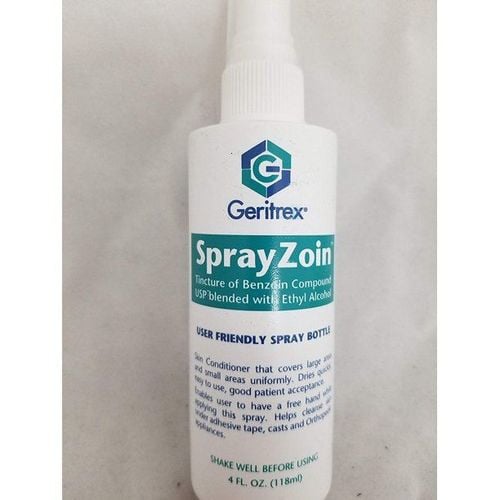This is an automatically translated article.
The article was consulted with Master, Doctor Ngo Thi To Nga - Pediatrician - Neonatologist - Department of Pediatrics - Neonatology - Vinmec Nha Trang International General Hospital.Symptoms of stridor in young children are one of the typical manifestations of laryngeal cartilage softening. In addition, children with soft laryngeal cartilage also often have symptoms of wheezing, gastroesophageal reflux,...
1. What is laryngeal softening?
The upper respiratory tract includes the nose, mouth, pharynx, and larynx. The larynx is located below the tongue and above the lungs. The larynx has vocal cords. The vocal cords open when the baby talks, cry or breathe and close when the baby eats. The larynx also has cartilage of the funnel and epiglottis. The glottis closes, covering the vocal cords when the child swallows to protect the trachea and lungs, to avoid food and secretions.Softening of the larynx is a congenital defect, common in the glottis and larynx, the rate of male children is 2 times higher than that of girls. This phenomenon mainly occurs in the epiglottis of the larynx, the funnel cartilage, or in both structures. These soft tissues are pushed into the airways when the child breathes in, causing a temporary partial blockage of the airways. These tissues are pushed back when the child exhales and reopens the airway.
The cause of laryngeal softening is currently unclear. There are a number of factors that affect the risk of disease such as premature birth, underdeveloped neural regions controlling airway tone, severe calcium deficiency in the fetus, pregnancy toxicity, etc. ..
Laryngeal softening may appear or disappear after several months, depending on the child's development and activity level. In most cases, no treatment is needed for laryngeal softening. Usually, children will stop having laryngeal softening after 18-24 months.
2. Snoring - warning symptom of soft laryngeal cartilage in young children
Laryngeal softening is the most common cause of stridor in infants. The high-pitched and high-pitched breathing sounds heard when the baby breathes in is called a stridor. This type of breathing sound can be noticed in babies in the first months of life. The sound of hissing is most often heard when the baby is eating, crying, having an upper respiratory infection, after feeding or when agitated. The hissing sound is more pronounced when the baby is lying down or sleeping on his back.
Mềm sụn thanh quản thường gây tiếng thở rít ở trẻ sơ sinh
3. Other manifestations of children with soft cartilage in the larynx
In addition to stridor, children with soft laryngeal cartilage also have other symptoms such as:Prolonged wheezing: Children begin to wheeze right after birth, intermittent wheezing when inhaling; Severe symptoms: The baby is slow to gain weight, difficult to suckle, stops breathing, pulls the chest and neck when inhaling, the skin turns pale. Severe symptoms occur within the first 8 months, then gradually decrease when the child is 12-18 months old; Vulnerable to gastro-oesophageal reflux: A partial blockage of the inner glottis due to laryngeal flaccid disease causes children to try to get air when inhaling. This increases the negative pressure in the chest, causing food to back up from the stomach to the esophagus, lower throat. Therefore, children with soft laryngeal cartilage are prone to nasopharyngeal and bronchopneumonia.
4. What to do when the child has soft cartilage in the larynx?
Most cases of children with laryngeal softening will clear up on their own without treatment. However, there are some cases where children have to be hospitalized multiple times because of obstructive sleep apnea. The disease can also reappear when the child has an upper respiratory infection. Laryngeal cartilage softening can also lead to hypoxia, mild asphyxia. Some severe cases will affect the normal development of the baby.The disease has no specific treatment. Can add vitamin D and calcium for children. Only surgical intervention in children with soft laryngeal cartilage when the child has life-threatening difficulty breathing, has severe cyanotic episodes, cannot gain weight because of difficulty in sucking, pulls on the chest and neck when breathing, requires regular oxygen support. often suffer from cardiopulmonary disease due to prolonged lack of oxygen. Treatment includes reconstruction of the supporting structures around the epiglottis, removal of excess tissue blocking the airway, and anti-reflux therapy after surgery.
When taking care of a child with soft laryngeal cartilage, parents should note:
Put the child in a prone or prone position on a bed or hard mattress when sleeping; When breastfeeding, the milk should be adjusted appropriately to avoid choking; Do not try to force children to eat and the amount of each meal is 1/2 of a normal child, increase the number of meals to the required amount each day; After eating, the baby should be kept upright for 15 - 30 minutes to prevent gastroesophageal reflux; Once every 1-2 months, children should be taken to the hospital to measure the amount of oxygen in the blood, if less than 90% need to take measures to support oxygen; Early and thorough treatment when children have upper respiratory tract infections; Monitor for bad changes to bring the child to the hospital when necessary: The child stops breathing for more than 10 seconds, wheezing, cyanosis around the lips, the tightness of the chest and neck muscles does not decrease when changing positions or when holding the baby, the baby has difficulty swallowing and vomits continuously, sucks poorly or stops sucking, has trouble breathing while feeding; No need to abstain from food or physical activity of the child; Vaccinate children like normal healthy children. Similar to other congenital abnormalities, to prevent laryngeal softening in children, pregnant women need good prenatal care, adequate nutrition, and scheduled vaccinations to avoid premature birth and low birth weight babies. . In particular, pregnant women should avoid exposure to secondhand smoke because second-hand smoke increases the risk of congenital abnormalities in babies 2-3 times.
Pediatrics at Vinmec International General Hospital is a trusted address for many parents when receiving, examining and effectively treating diseases that infants and young children are susceptible to: viral fever. , bacterial fever, otitis media, pneumonia in children, .... With modern equipment, sterile space, minimizing the impact as well as the risk of disease spread. The team of experienced doctors works with dedication, making the examination no longer a concern of the parents.
Please dial HOTLINE for more information or register for an appointment HERE. Download MyVinmec app to make appointments faster and to manage your bookings easily.













